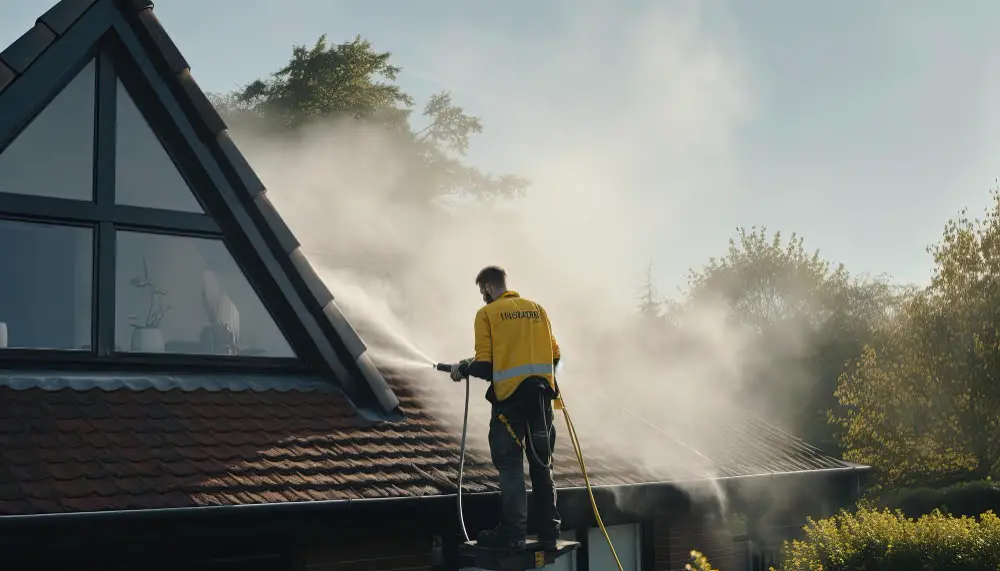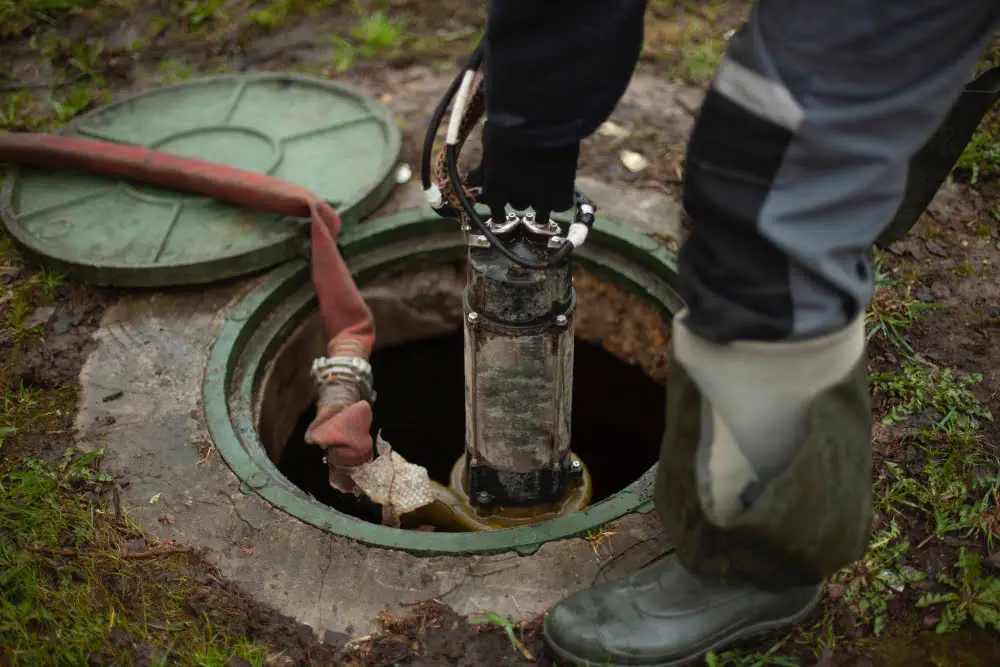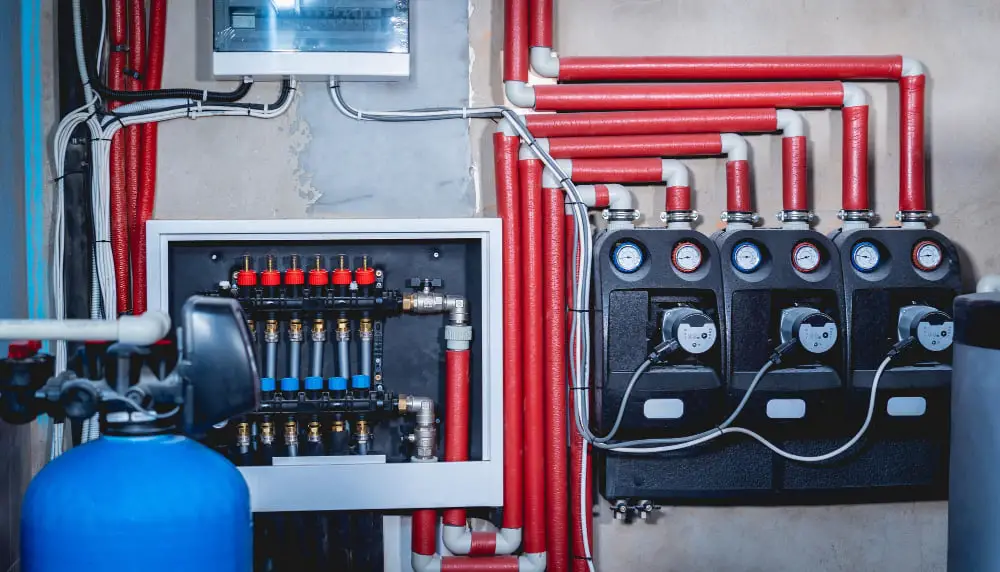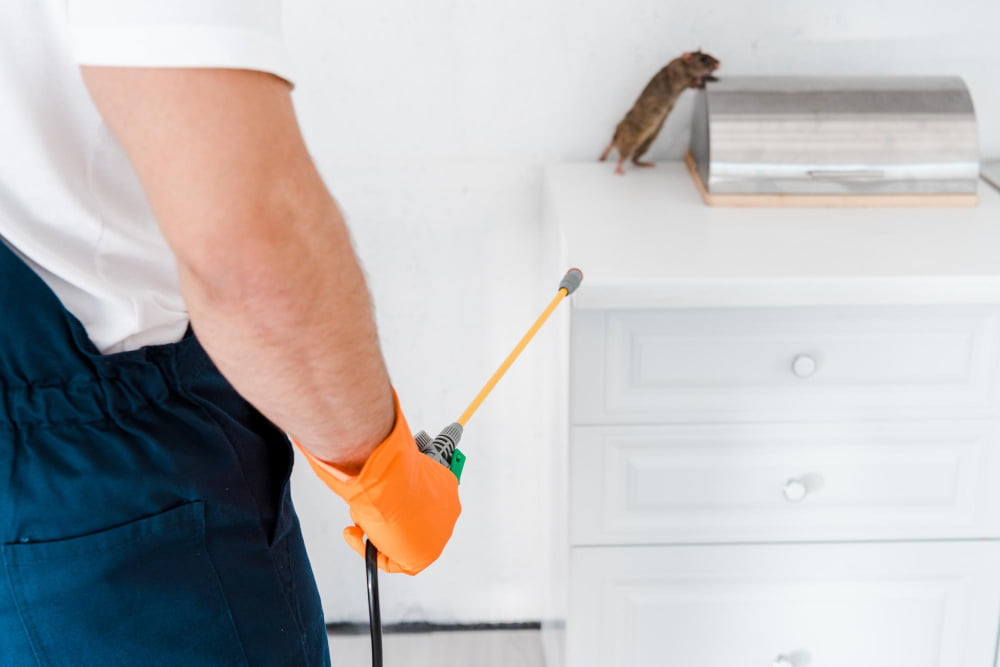Last updated on
Your home’s roof stands as a silent guardian, enduring the brunt of nature’s forces to provide you with a safe and comfortable haven. While we often take its resilience for granted, the roof requires our attention and care to fulfill its protective role effectively. From shielding us against the relentless sun to braving the battering rain and snow, the roof is a testament to durability.
In this comprehensive guide to timely home roof maintenance, we will unravel the intricacies of preserving this vital structure, ensuring that it not only withstands the test of time but also enhances the overall well-being of your home. As we delve into the nuances of roof maintenance, we’ll empower you with the knowledge needed to fortify this essential element of your home, turning routine upkeep into a proactive strategy for a secure and lasting shelter.
Understanding Your Roof’s Anatomy

Before diving into maintenance tasks, it’s crucial to have a basic understanding of your roof’s anatomy. Different roofing materials, structures, and styles require specific care. Asphalt shingles, metal roofing, and tile roofs, for example, each have unique characteristics that influence maintenance needs.
Start by identifying the type of roof you have and familiarize yourself with its components. Understand the role of the underlayment, flashing, and gutters. This knowledge will guide your maintenance efforts and help you address issues more effectively.
Establishing a Regular Inspection Routine
Regular inspections are the cornerstone of effective roof maintenance. Develop a routine for having your roof inspected by a local roof repair specialist at least twice a year, ideally in the spring and fall. During these inspections, look for signs of damage, such as missing or damaged shingles, cracked flashing, or clogged gutters.
Take note of any areas where water may be pooling, as this can lead to leaks and compromise your roof’s integrity. Inspections also offer an opportunity to assess the condition of your attic, checking for signs of water damage, mold, or pests
Cleaning and Clearing Debris

One of the simplest yet most impactful maintenance tasks is keeping your roof free of debris. Fallen leaves, branches, and other detritus can accumulate on your roof, creating a breeding ground for mold and encouraging water retention. Regularly clean your roof, especially in the valleys and around chimneys, to prevent these issues.
Gutters play a crucial role in diverting water away from your roof and home. Clogged gutters can lead to water overflow, damaging your roof and siding. Clean gutters at least twice a year, removing any debris that may obstruct proper water flow.
Addressing Shingle Issues
Shingles are the first line of defense against the elements, and any issues with them can compromise your roof’s effectiveness. Inspect your shingles for signs of wear, such as curling edges, cracks, or missing pieces. Replace damaged shingles promptly to prevent water infiltration.
Additionally, be on the lookout for granule loss, a common issue with asphalt shingles. Excessive granule loss can indicate aging or defective shingles, necessitating replacement. Keep an eye on the color consistency of your shingles; any variations may signal underlying problems.
Professional Inspections and Repairs
While DIY maintenance is crucial, some tasks require the expertise of a professional roofer. Schedule periodic professional inspections to assess the overall health of your roof. Roofing experts can identify issues that may go unnoticed during routine inspections and provide solutions to prevent further damage.
If you notice persistent leaks, sagging areas, or extensive damage, don’t hesitate to call in professionals for repairs. Timely intervention can prevent minor issues from escalating into major, costly problems. Investing in professional roof maintenance is a proactive approach to extending your roof’s lifespan and safeguarding your home.
Seasonal Considerations
Different seasons pose unique challenges for roof maintenance. In winter, focus on preventing ice dams and snow accumulation, which can lead to water damage. Spring is an ideal time for a thorough cleaning and inspection after the harsh winter weather.
Summer requires attention to potential heat-related issues, such as shingle deterioration. In the fall, prepare your roof for winter by clearing gutters and addressing any damage incurred during the warmer months.
Maintaining your home’s roof is a responsibility that pays off in the long run. A well-maintained roof not only protects your property but also enhances its curb appeal and resale value.
By understanding your roof’s anatomy, establishing a regular inspection routine, cleaning debris, addressing shingle issues, seeking professional help when needed, and considering seasonal factors, you can ensure that your roof remains a reliable shield against the elements. Take the time to invest in your roof’s well-being, and you’ll enjoy the benefits of a secure and comfortable home for years to come.
Recap




